By Marney Blom and Alicia DesMarteau
From Grand Chiefs to mayors to members of Parliament, North Americans from across the continent assembled in Ottawa, Canada on National Aboriginal Day 2006 to attend the signing ceremony of the Covenant of the First Peoples of Canada.
“We’ve blamed the white man for broken treaties. We’ve blamed the government for broken treaties. We’ve blamed the church for broken relationships,” said former Deputy Grand Chief Kenny Blacksmith, whose organization, Gathering Nations, spearheaded the event. “Now all of a sudden we have this treaty that we’ve entered into among ourselves. And so now (with) that treaty, the onus of covenant keeping is on us. There is no one to blame.”
Canadian Prophetic Council founder Stacey Campbell said the initiative was First Nations led, First Nations signed, and covenanted by the First Peoples, all together. “…and you will see a ripple effect as everything comes into alignment and in divine order in Canada.”
Never before have the First Nations, Inuit and Métis pledged to bond together as one through their faith in Christ, or committed together to embrace non-native Canada.
Former Grand Chief of the Carrier-Sekani Nations Lynda Prince said it was an important covenant. “The covenant, just like in a marriage, it’s such a holy ceremony. It’s a uniting where … we can’t be out there separate anymore.”
Inuit, Métis and First Nations representatives first realized the need for a covenant at the 2005 First Peoples’ Summit, in which the three groups gathered together and for the first time began to reconcile their ancient conflicts.
“Something broke in our hearts. Something broke that brought reconciliation,” said Billy Arnaquq, pastor and evangelist of Community Qikiqtarjuaq.
Métis Representative Joe McCaveney described his experience: “Coming into unity with my brothers of the First Nations and of the Inuit … I really felt a sense of wholeness and completion.”
Upon signing the covenant, Kenny Blacksmith said, “there was a literal transformation in the people.”
Members of Parliament were among the government, church and community leaders who witnessed the signing ceremony.
Kitchener-Conestoga MP Harold Albrecht said it was significant that the groups came together on their own initiative, extending forgiveness and seeking reconciliation. “It’s going to make a spiritual statement to our country.”
“It is a very profound thing,” said James Lunney, MP for Nainamo-Alberni, B.C. “And I’m very pleased to be here to be a witness of the signing of a historic covenant.”
Has unity between Canada’s original people groups restored an ancient spiritual foundation of the nation, and if so, what kind of effect might that have on Canada’s future?
Lynda Prince said when the covenant was upheld, there was blessing and protection from the Lord. “I felt a protection came over the nation, this canopy of protection onto the governments, onto our borders, onto the church, across Canada, into the First Nations, the reserves.”
“The amazing thing of reconciliation and covenant is that it unlocks doors that were shut for a long time,” said National Team of Watchmen for the Nations member Alain Caron. “And God has been walking in this nation for a number of years now, bringing His church to a whole new dimension, and tonight is one of the key steps in that whole journey where the Lord is bringing a completion in the nation in the church to pour His Spirit in the midst of us.
“So it was a crucial moment tonight to have all the First Peoples walk together to be able to embrace the rest of the church, for the release of nations across the earth.”
Copyright © Acts News Network, Inc.
